Blog
The shift from project-based management to (digital) product-based management

Since the beginning of time, humanity has never ceased to evolve, nor has it stopped pushing the boundaries of capability, capacity, and productivity. Although actual progress was painstakingly slow for centuries on end, it began accelerating incrementally this past century to finally reach the outstanding speed it has achieved today. The rate of progress is such that change has become the new constant; and with change, comes the need for adaptation.
This white paper focuses on one form of adaptation, which, being at the heart of business management, is unavoidably changing the core focus of companies striving to adapt to today’s digital realities.
Before delving any further into the shift from project to product-based management; it’s important to first understand the general terms that are implicated in this adaptation to understand the reasons behind it, its significance, and its implications.
The significance
Digital transformation requires that companies switch from a project-focused to a product-focused model in order to remain relevant and successful. This is especially true for larger enterprises; but concerns all organizations that are selling “digital products” (basically every company today). The key here is the customer: knowing who they are, how their needs are changing in the digital economy and understanding what needs to be offered to them. Digitalization has turned the customer into the direct consumer. So, it’s only normal that an upheaval in strategy and focus is required for organizations to stay successful.
The implications
Organizations tend to start their transformation when they realize conventional methods of project management are no longer suitable for the uncertainties of the new product-based model. This is where agile methods are adopted as well as a mindset to treat results as products – being that these are what will be of concern to the customer and determine actual success. This is the way forward, so the faster companies come to terms with it, the more chance they will have of staying relevant in the future.
The shift, however, will not result from a simple implementation of rules but a revolution of thought and practice; a change in general strategy to put ‘digital’ first. Wanting it is not sufficient; the process is complex, and steps and measures must be taken to achieve it. It will take time and have its share of challenges.
- First, to begin a successful digital transformation project, you need to identify the ‘problem’. Understand who your customer is and more so, what value you are offering them – within the current changing industry that is.
- Once you have identified the problem, it follows that you must figure out how to solve it. You may find yourself complaining about the constant data overload that exists today, but this will come in handy to you at this point. There is no shortage of data – especially when it comes to identifying and segmenting your customer – you just need to discover which data you require to solve your problem and how to get it. At this point, basing your initiative on some KPIs will help you stay focused – whether it is that you are keen to increase sales, customer loyalty, or promote a product cross-sell… Knowing what your long-run objective is will help keep your initiatives on track.
- Implementing these initiatives will require an organizational shift. As digitalization is cross-functional by nature, different organizational functions, from IT to marketing, will need to be brought together. This will imply changes in business structure, leadership and actors (see next section).
- Be prepared to fail at first. With that in mind, make sure you fail soon and in a contained manner (minimizing damage and time loss). Restraining initiatives to a small scale at first will allow you to: one, implement faster and learn quickly from your mistakes; two, achieve success on specific cases within the organization and base yourself on these to implement your strategy across the whole organization.
- Lastly, you’ll need to measure results. Unlike the metrics determining a project’s success, conversion rates and direct customer feedback are now your key indicators. Customer-focused metrics need to be implemented to determine the success of a digital product.
The actors
Digital transformation, as established so far, implies an organizational revolution; so, it would seem natural to look towards upper management to lead the change whether it be the CEO, CTO, CMO or other C-suite type position. However, because of the cross-functional nature of digitalization, none of these could effectively lead through marketing, finance, IT, and operations single-handedly. Furthermore, one such leader would also imply that many crucial decisions were being taken by a position that isn’t incentivized to improve customer experience – thus missing the point altogether.
And, so, just as project management has its project managers; this is where the product manager steps in. But the similarities end there. Not one but multiple product managers are required: technically as many as there are customer issues. Ideally, every product manager should drive one specific initiative based on solving one customer problem; so, depending on the organization, there may indeed be a multitude of them. And this is likely when the “shift from project-focused to product-based and customer-focused” becomes more concrete.
Product managers should possess some key qualities. First, and quite expectedly, they should possess a good understanding of customers – being as customer satisfaction is the key to success. Secondly, and just as expectedly, they should also have a solid combination of technology and business know-how – something generally separated into IT and business functions where there is little to no cross-understanding. Lastly, interpersonal skills are required to operate cross-functionally, liaising across multiple departments. These product managers, or leaders, of the digital transformation need to create a flexible and interconnected environment; because ensuring human adoption is at least as important and often harder than technical implementation.
Conclusion
Digital transformation is a strategic priority and likely a question of survival. As enterprises realize the necessity of a shift in strategy, they are beginning to adopt, or at least planning to adopt, a product-based management model:
- According to a Gartner study, 85% of companies will have already adopted, or planned to adopt, a product-centric model by 2022.
- “Over three-quarters of digital business leaders will benefit from product management practices by 2024”.
Moving to a product-centric management is a necessity in the digital economy but it does also come with some complementary motivation factors:
- Speed to market;
- Innovation and new revenue sources as by-products of multiple, fast and diverse failures;
- Increased customer loyalty thanks to a transparently innovative business;
- Attracting top recruits with an agile and digitally forward environment that empowers its members.
Things are moving fast, and look set to remain that way. So, enterprises need to make sure they act accordingly and keep up; or risk missing the digital train and losing their business altogether.

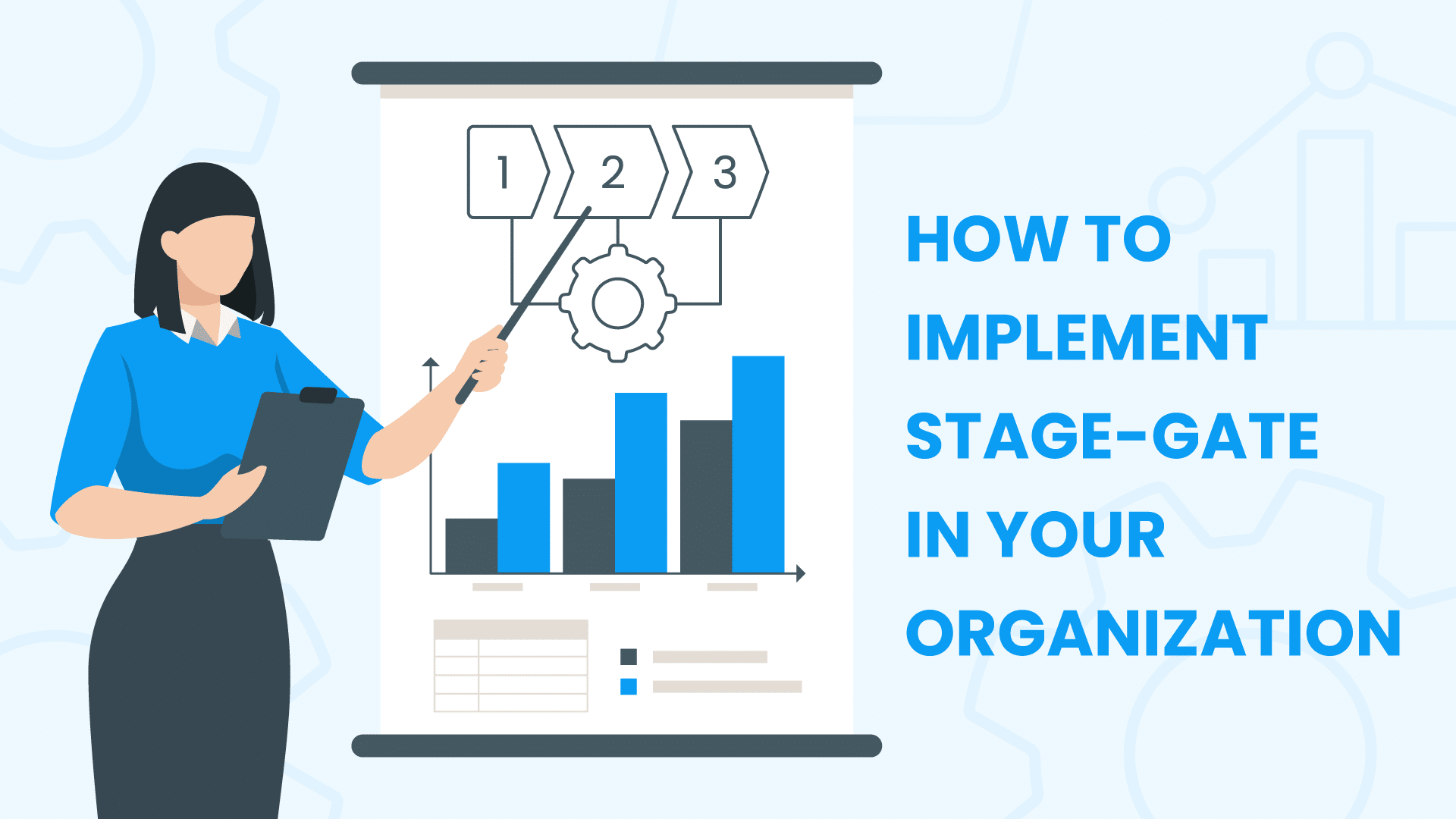






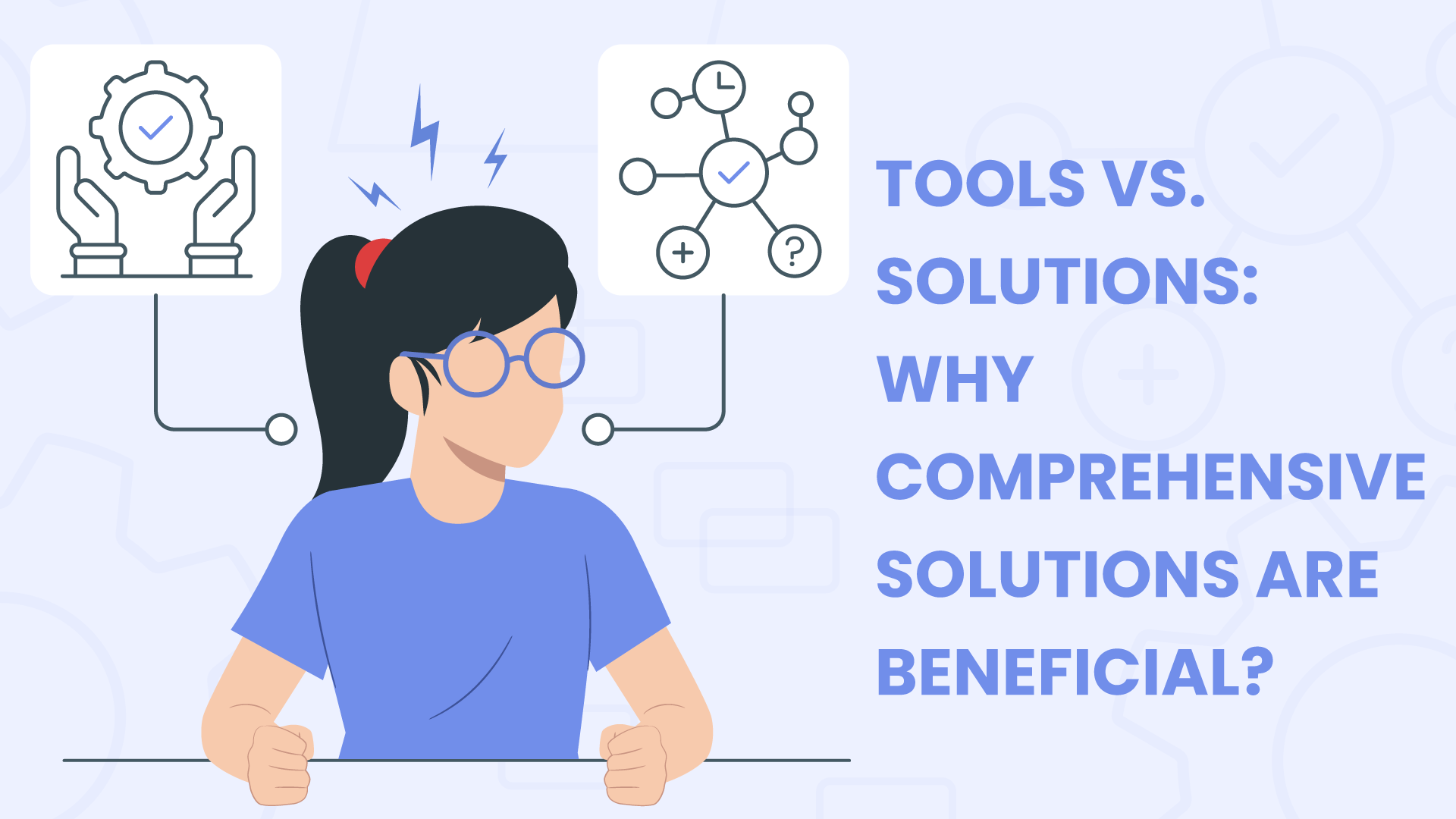




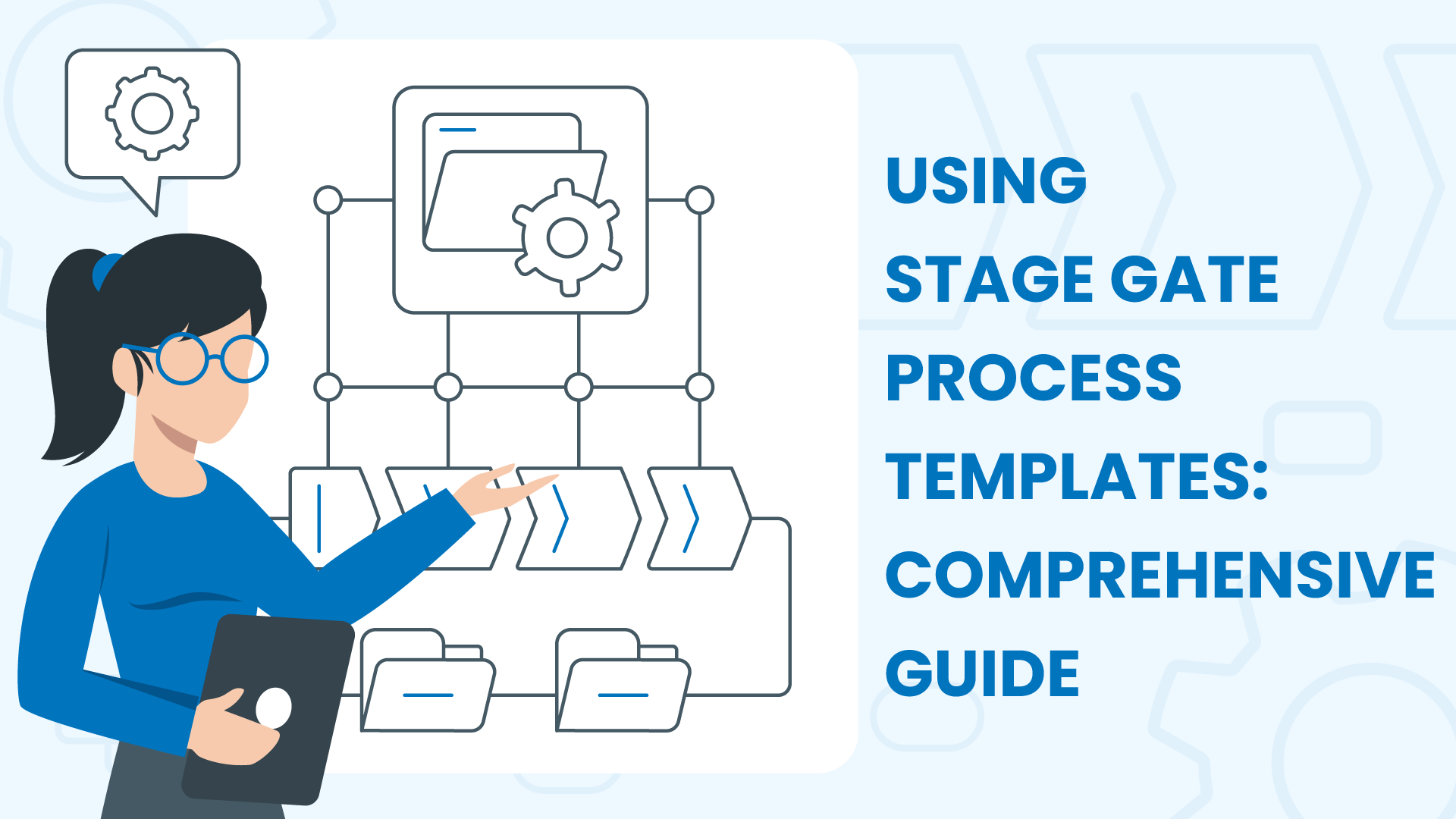




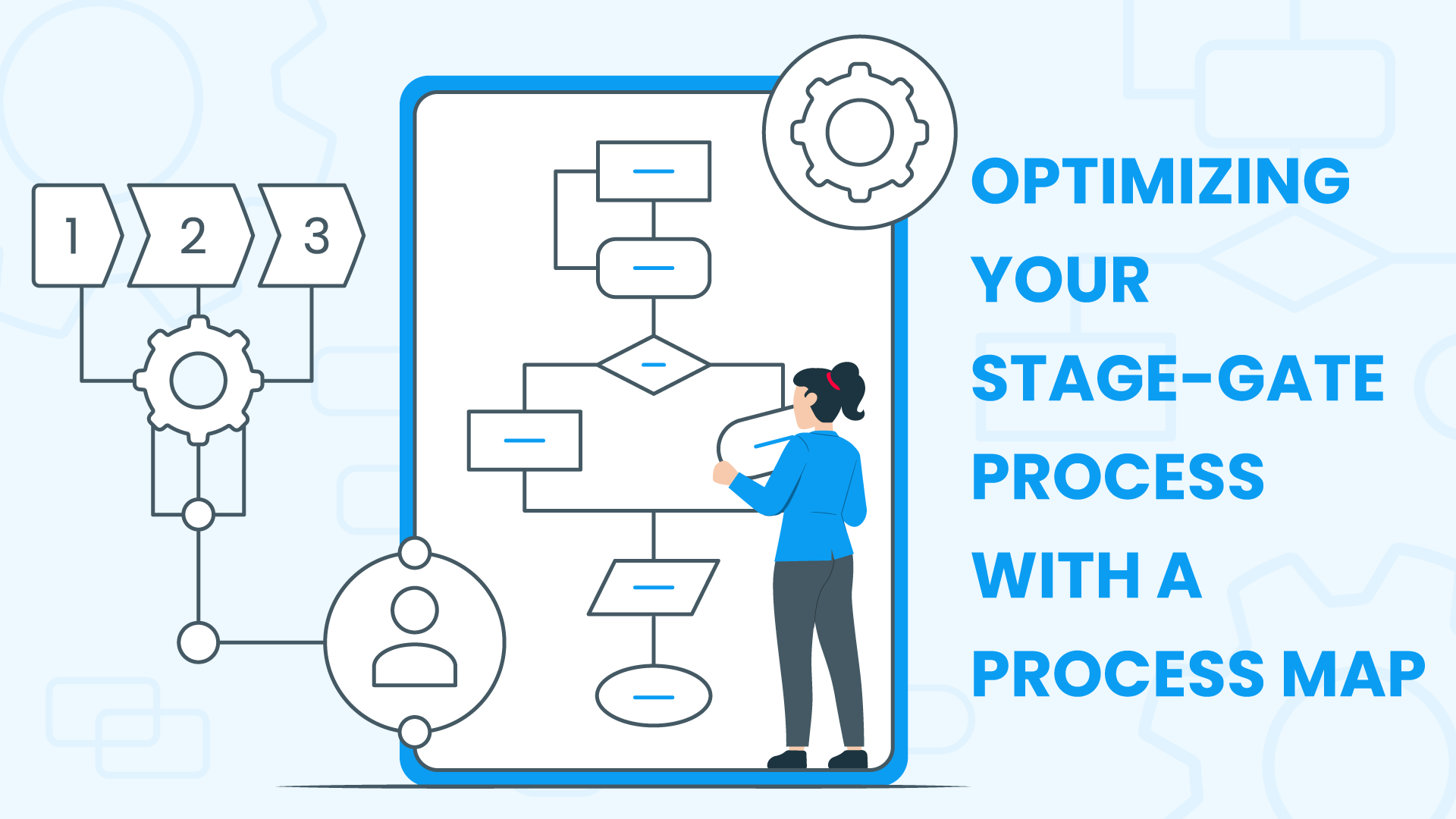




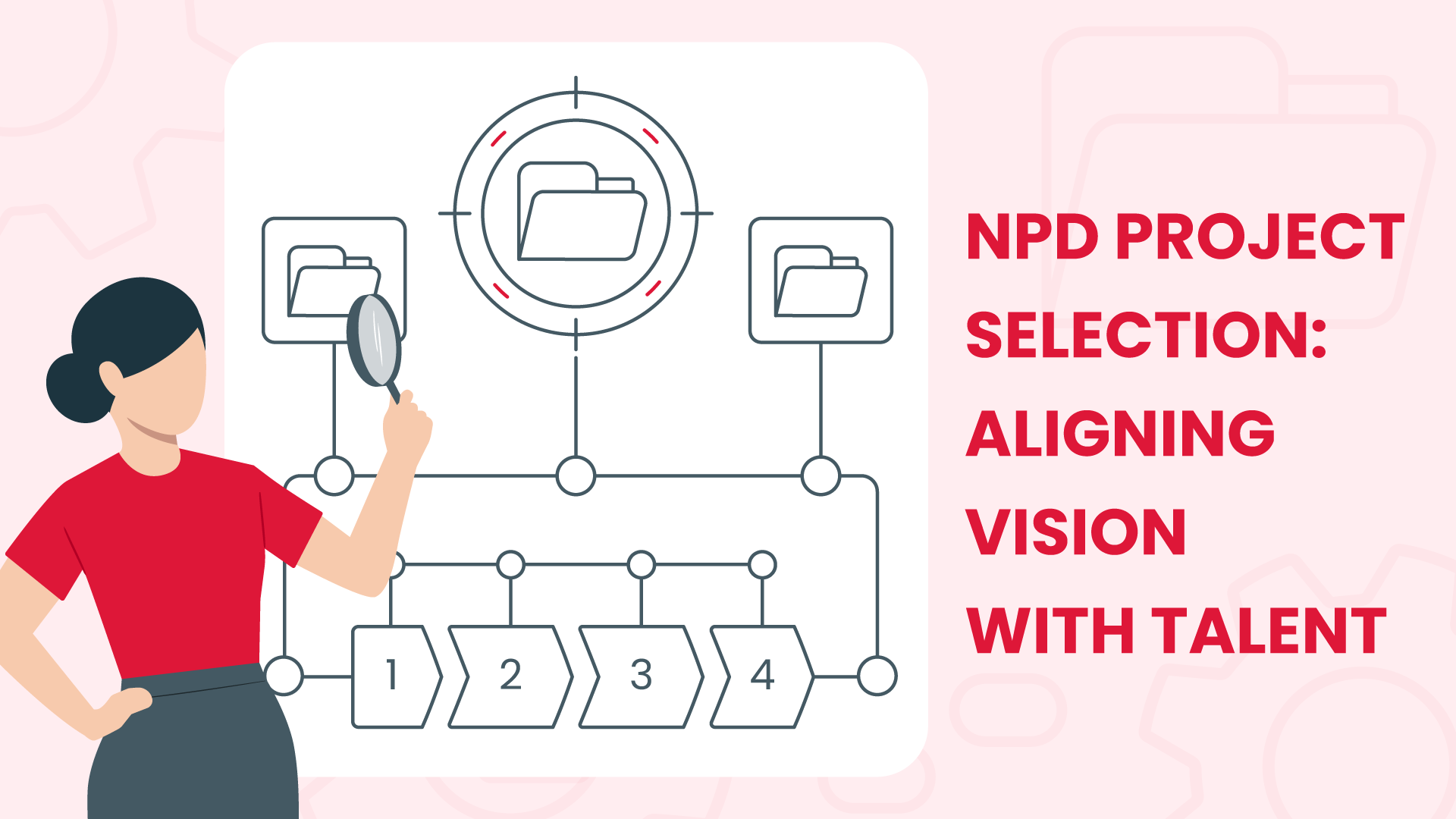



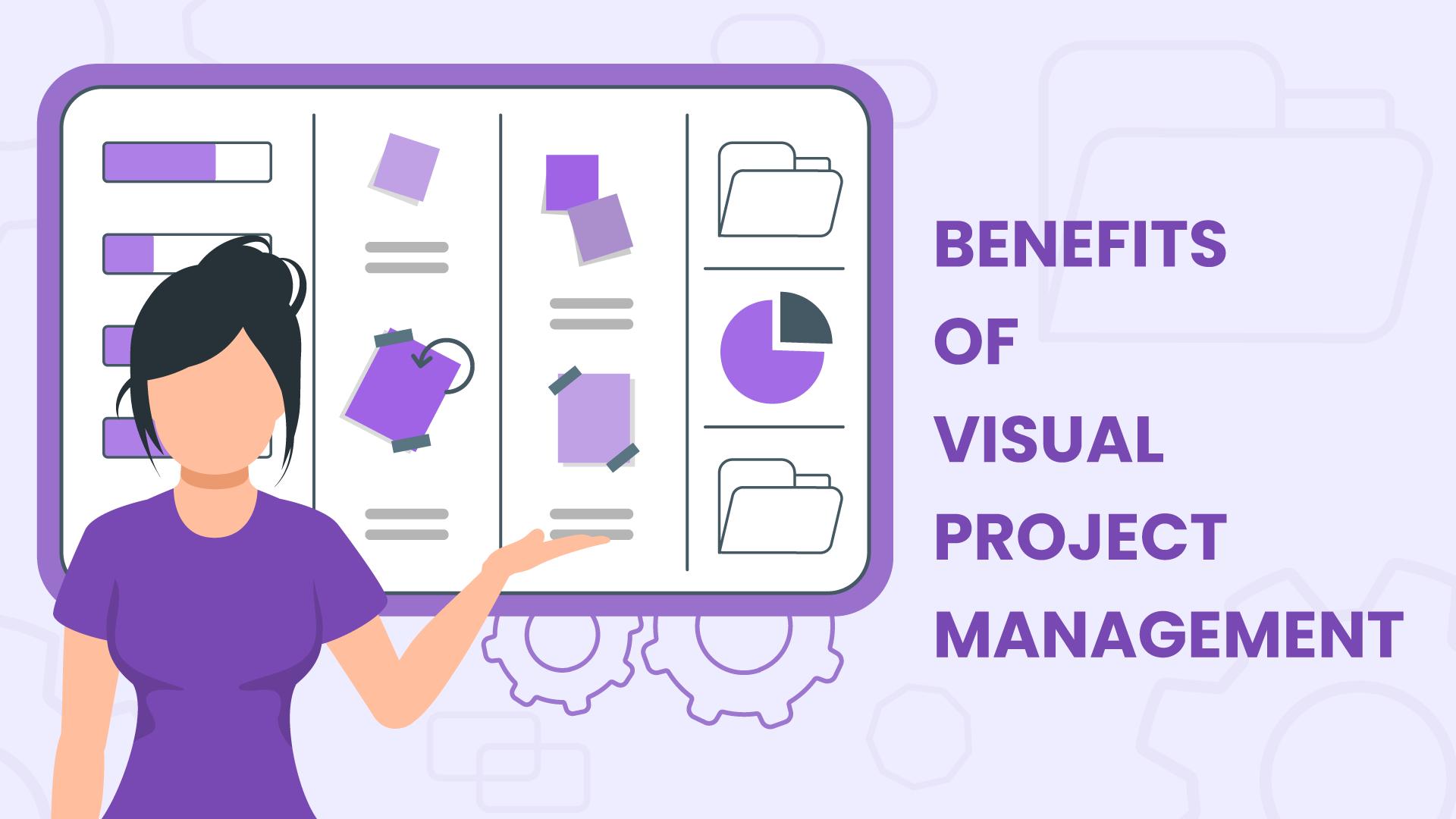








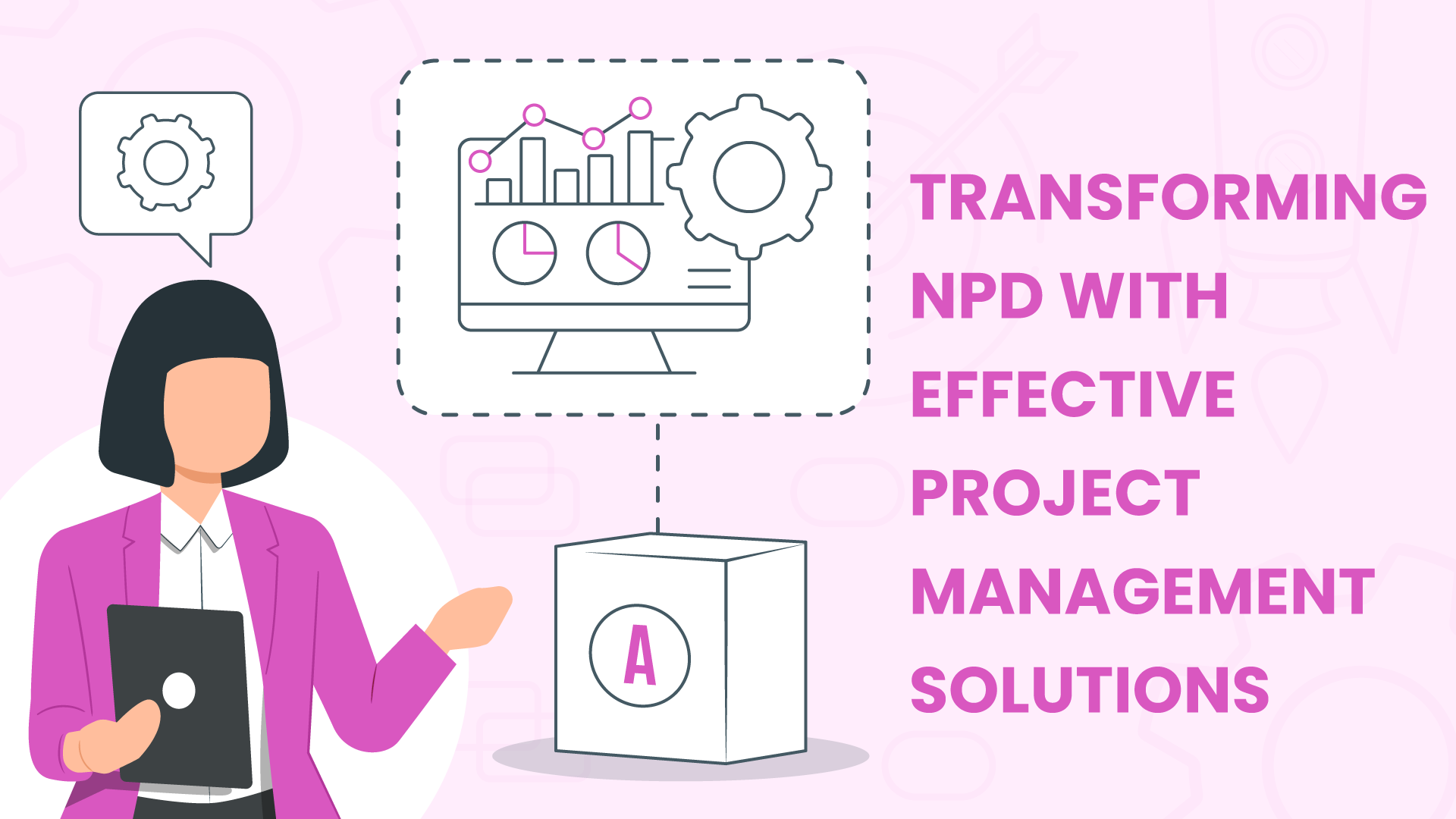

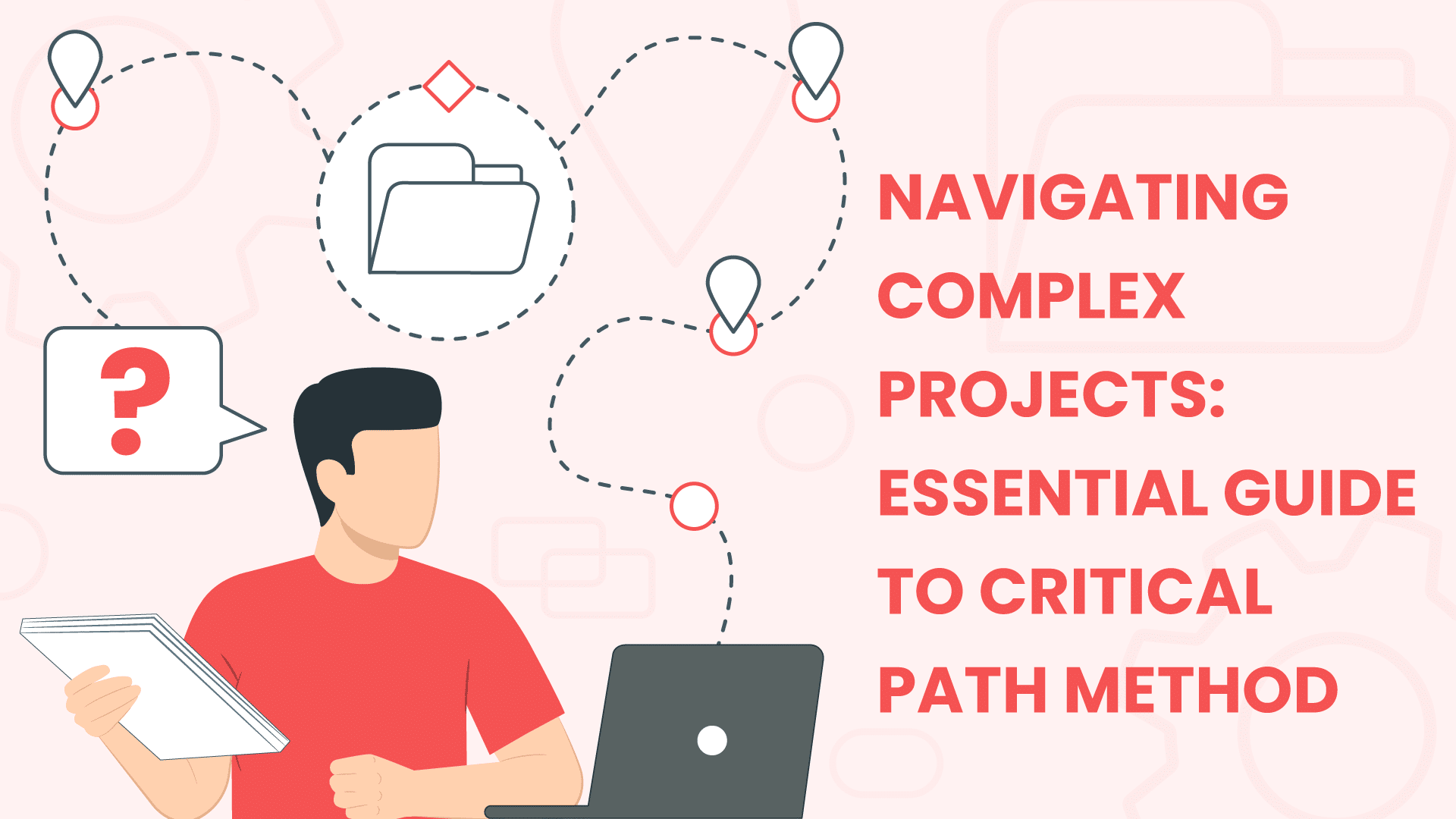







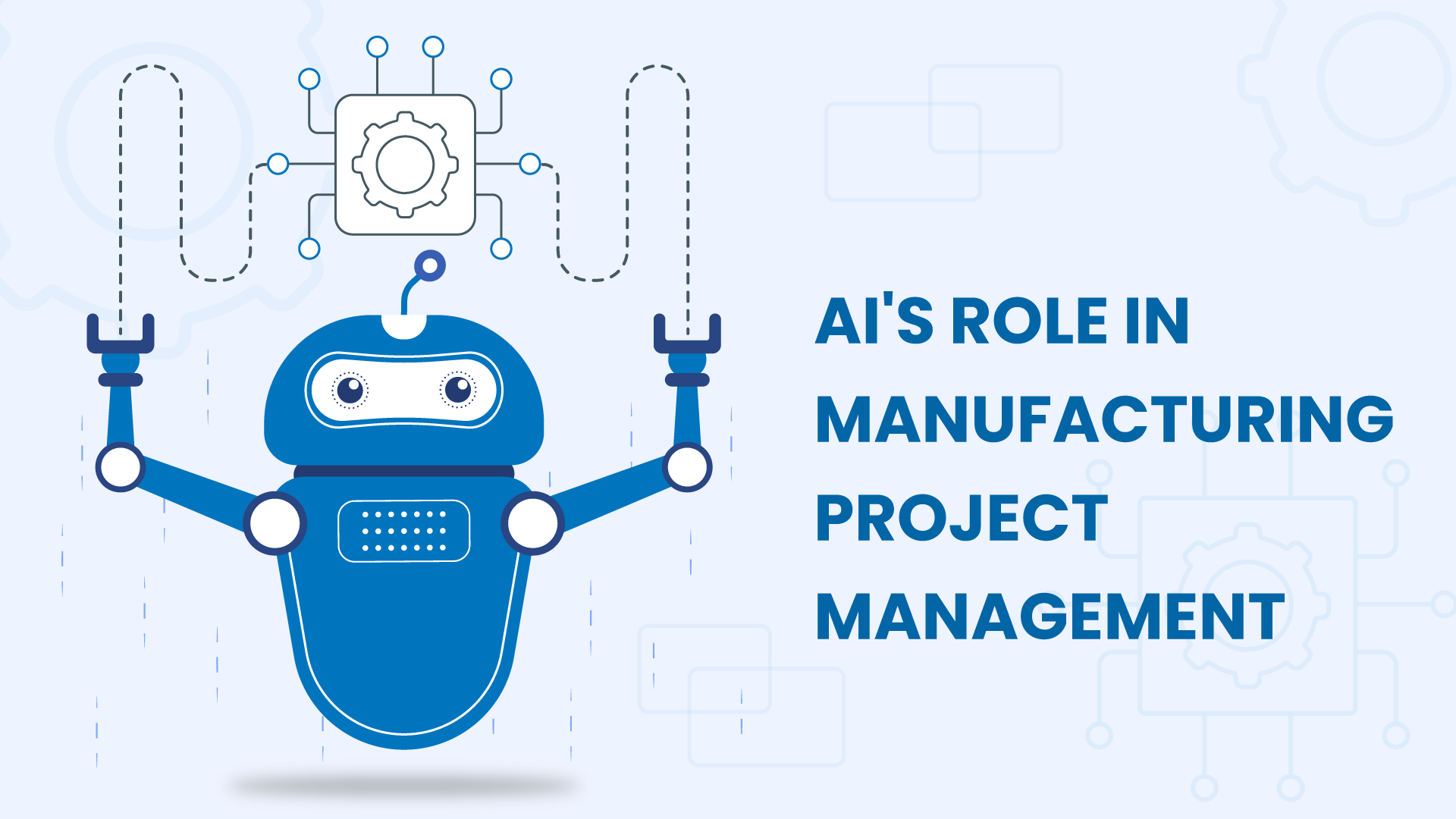



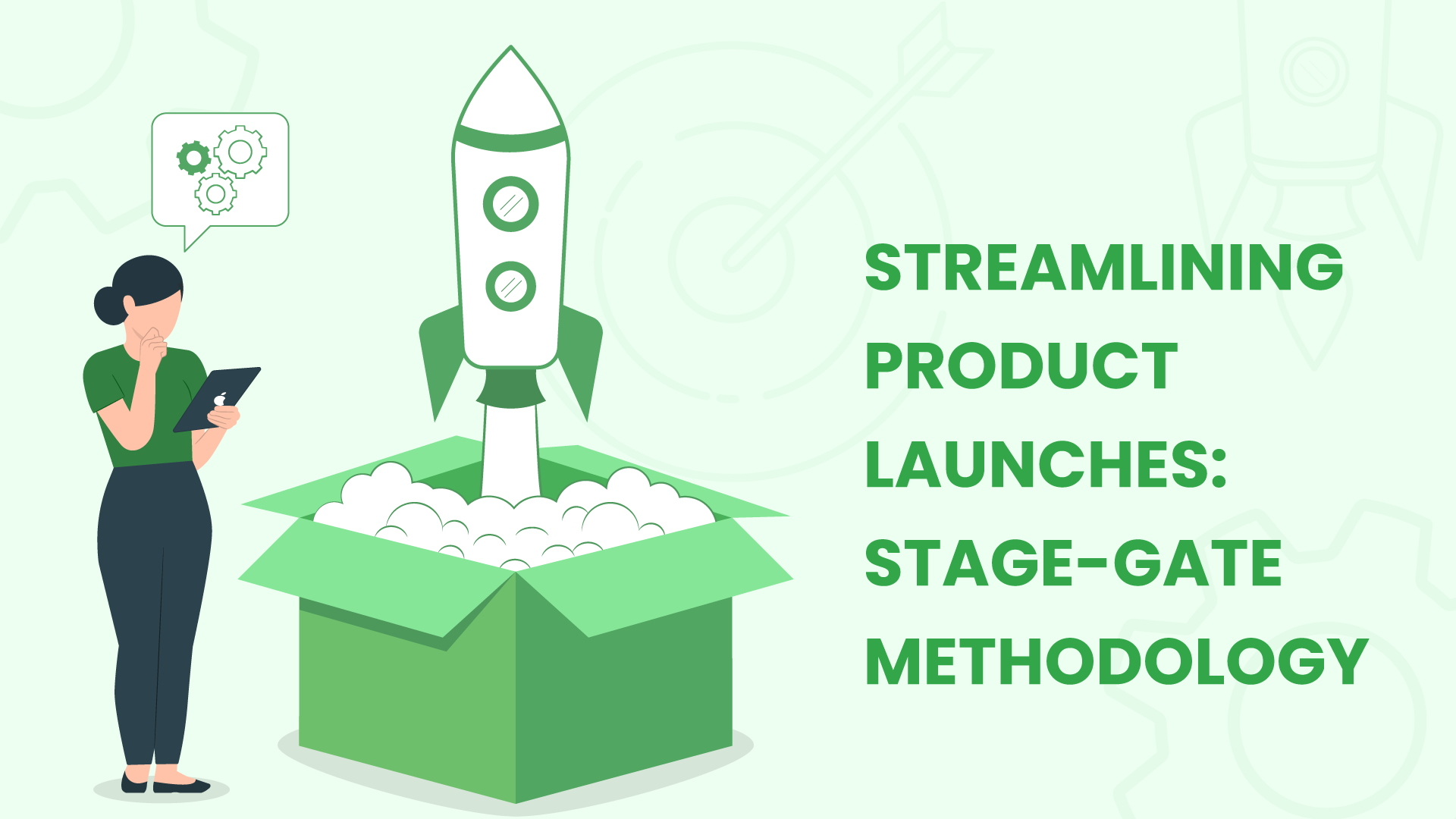
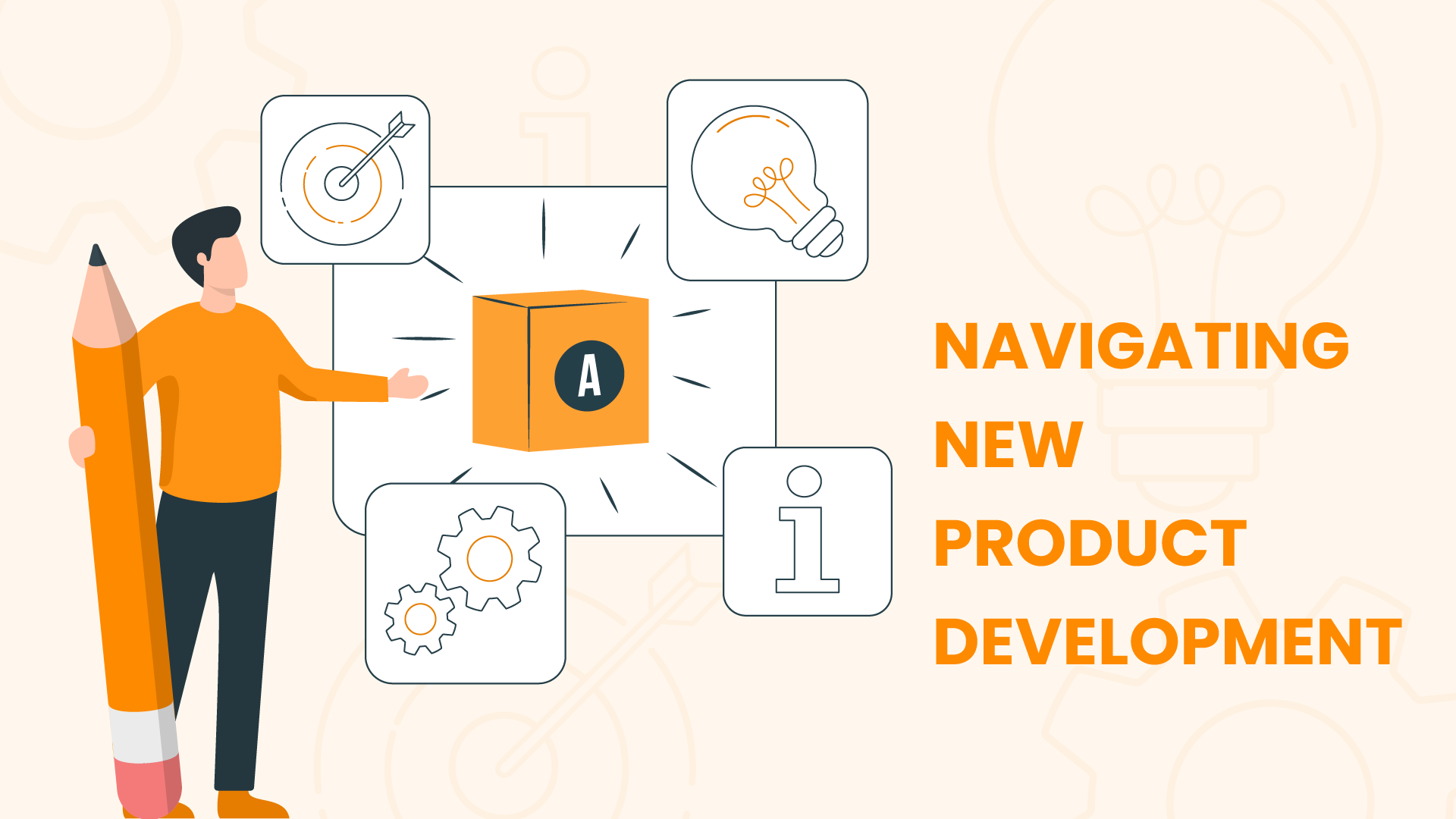
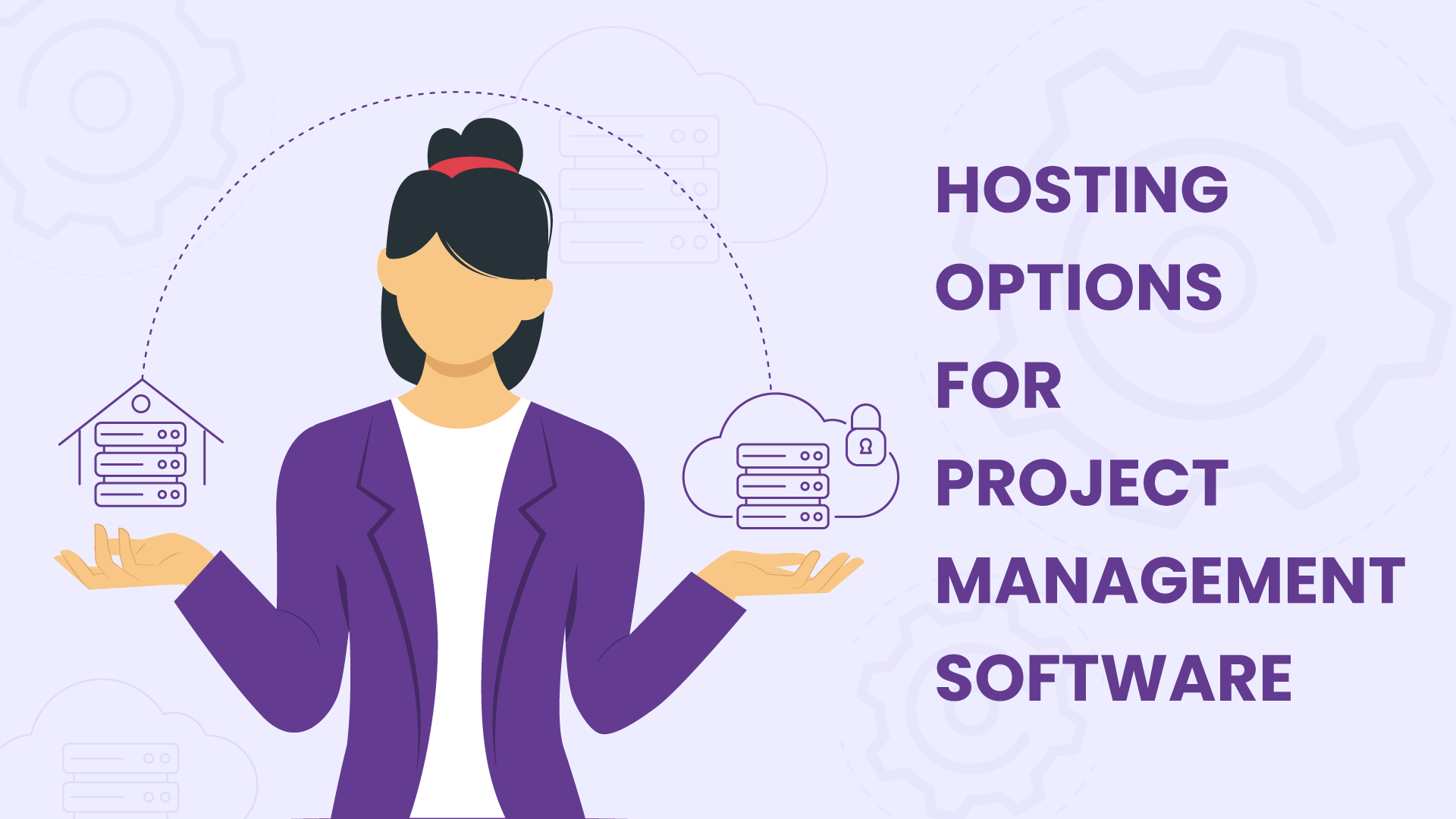




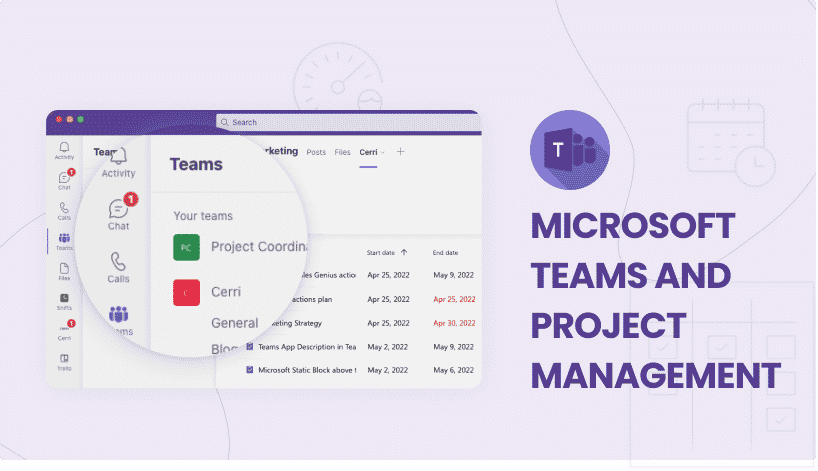




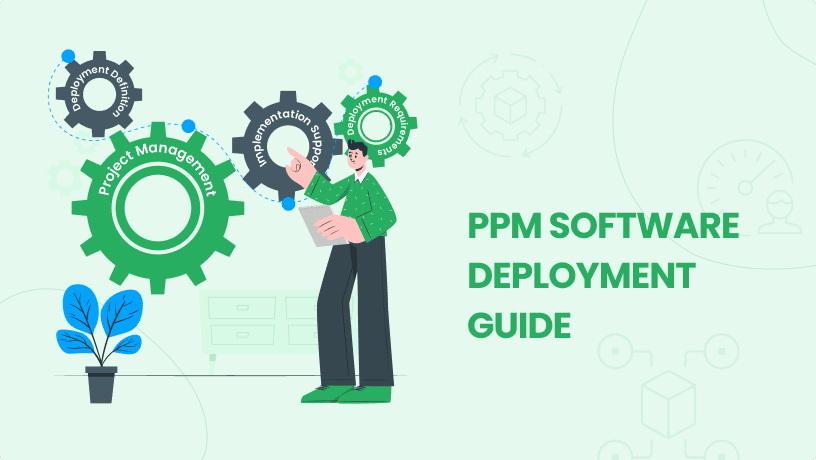
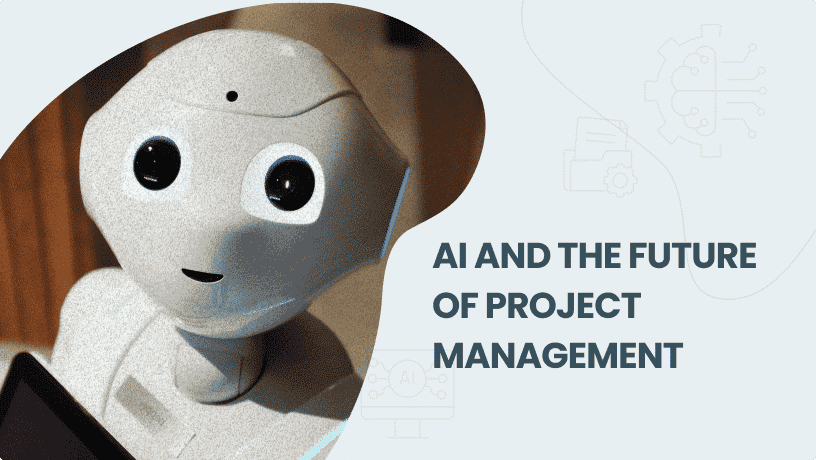
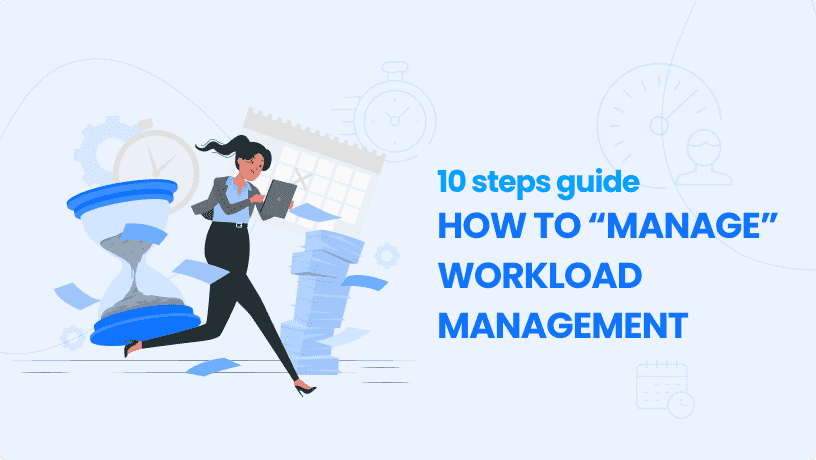





 Task Management
Task Management 

















 Customization
Customization
